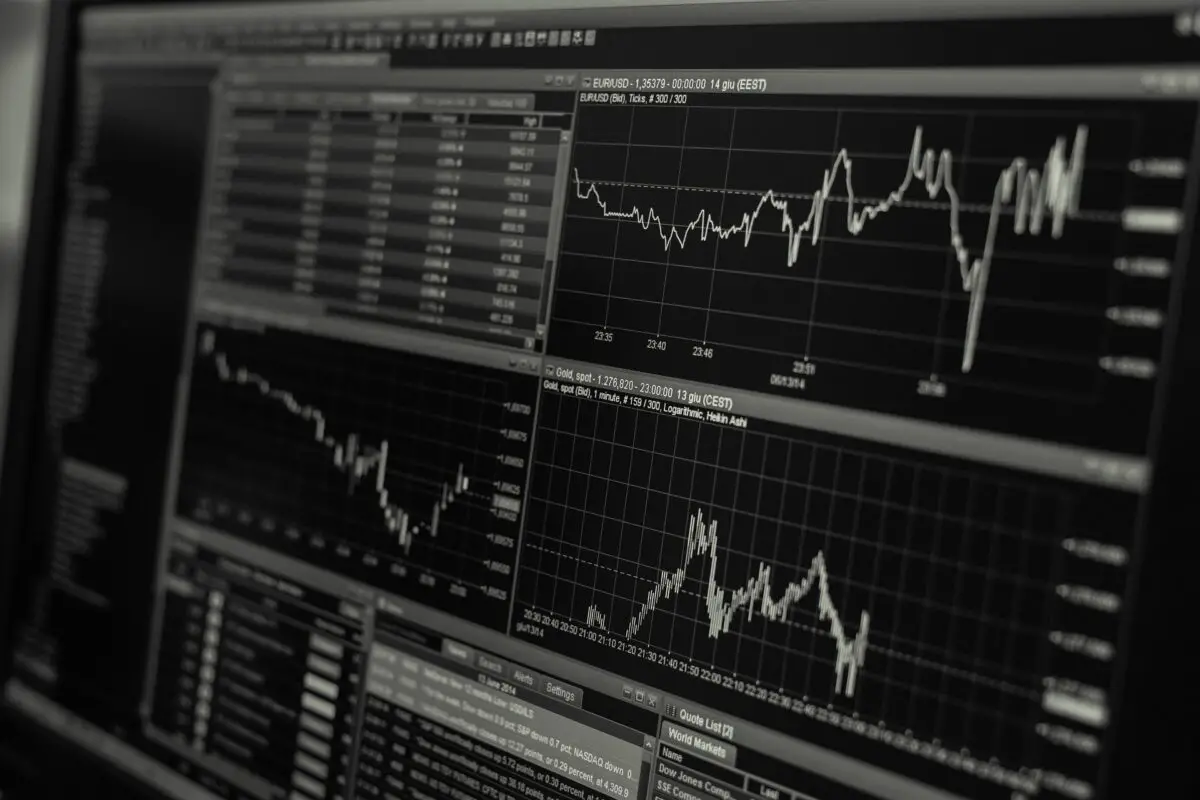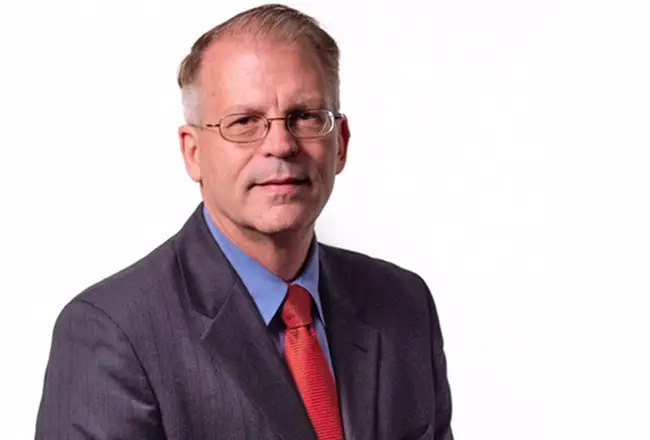What’s next for the economy in 2024?

Danbury-based Union Savings Bank held a webinar on Dec. 11 providing an economic outlook for the coming year. The forecast was based on current and historical trends plus investor sentiment polling, and the resulting analysis depicted 2024 as a year with challenges.
Keith Wirtz, chief investment officer for Union Savings Bank, began the webinar by looking back at 2023.

“I think the big surprises emanate from two things that were expected when the year started,” Wirtz said. “Wall Street was expecting a recession in 2023. It never happened. We’re actually pacing to finish the year somewhere around two, two and a half percent of growth of the economy, that’s much better than what people were expecting back in January.”
“The other big surprise,” Wirtz continued, “was that people were expecting a bear market in the stock market.”
Even though neither of those predictions came to pass, Wirtz noted that while the year was far better than expected, there were negative surprises as well.
“The volatility we’ve seen in the credit markets as well as what happened in the Middle East, those are the two things that I think were negative stories for this year so far,” he said.
Index funds, the bond market, and the international stock market were all ending the year on a high note, according to Wirtz, with the S&P 500 on the cusp of wrapping 2023 25% higher – this was fueled by a rallying market that occurred the week of the bank’s webinar.
“So, we’re seeing really generous returns emanating from the cap of markets,” he noted. “I looked at the S&P 500 about five minutes ago, the yield stands at a price point of 4,719. That’s basically where we were two years ago. So, we’ve gone through 247 months of substantial movements in the marketplace but we’re basically right back where we were at the end of 2021.”
Wirtz noted that artificial intelligence seemed to be one of the best performing investments, but then added how “cash equivalent yields are providing a return somewhere north of 5%, say 5.40, 5.45. Pretty nice returns. There’s been an attraction [in cash] for a lot of investors who have suffered through two or three years of volatility during this pandemic environment.”
Wirtz polled the webinar audience and found it evenly split on whether 2024 would see a recession.
“As I think about 2024,” Wirtz said, “our point of view today is that we think the U.S. economy is going to continue to grow, but things are slowing down and we’re forecasting for next year, real growth at around 1%.”
Wirtz pointed to consumer confidence as an important consideration, sharing a Bloomberg chart that illustrated that 70% of the country’s real GDP activity is represented by household spending.
“That’s a huge variable, something to watch, and one of the reasons why we’re thinking it’s going to be a below average experience next year,” Wirtz said. “We’re expecting a pullback coming from households in 2024.”
Lower, but not negative, investment rates are anticipated in government spending, private investment, and exports according to Wirtz. Imports are expected to see a decline of 18% year-over-year through 2024, leading to a consensus growth rate of only 1.1%, according to Wirtz. He also agreed with the assessment put forward by Bloomberg that the chances of a recession driven by either declining investment or government spending stand at about 50/50.
Wirtz predicted the coming year may see a change in trajectory for interest rates.
“The kind of signals I’m seeing are that we’re expecting rate cuts to occur starting in March and Wall Street is looking for four, maybe as many as five rate cuts next year. The consensus view emanating from what I see in the signals from the marketplace is that we may see the Fed fund rate closer to four percent by the time the year concludes,” Wirtz said.
According to his interpretation of economic trends and the Federal Reserve’s strategy, Wirtz expected rate cuts to come closer to the end of 2024.
“Their reputation has been damaged as a result of this spike in inflation, and we believe that they’re going to want substantial confirmation before they actually consider a pivot,” he stated.
In Wirtz’s view, the past few years represented the bottoming out of yield curves and the end of a 40-year bull market, specifically on March 9, 2020, as the Covid pandemic greatly accelerated a number of existing trends. He indicated a chart comparing the Treasury Yield curves on March 9, 2020, and the date of the presentation, highlighting the stark difference between the 1% yield of a 30-year bond only three years ago with the roughly 4% yield for one purchased that day.”
“That is the moment in time where I think interest rates in the treasury market reached lows that we’ll never see again. I think that’s the lowest yield curve that I’ll see for the balance of my investment career,” Wirtz said. “And, I would suggest, it’s going to be the lowest level of interest rate you are going to see for the balance if you’re going to keep on working as well.”
Wirtz concluded by summarizing that modest growth of the economy seems likely, rendering bonds the most advantageous investment in terms of returns but with stocks and cash also seeing positive returns. However, he added the caveat that there were still variables that could throw off all of these calculations, particularly “an anxious election experience, because it’s going to be really hard to predict.”